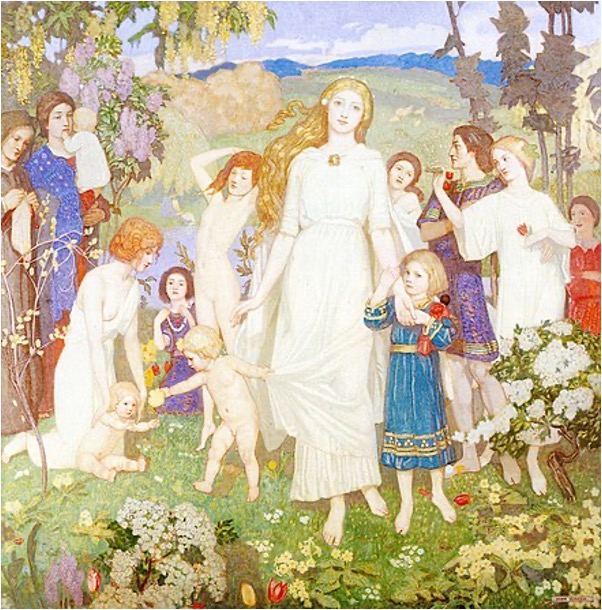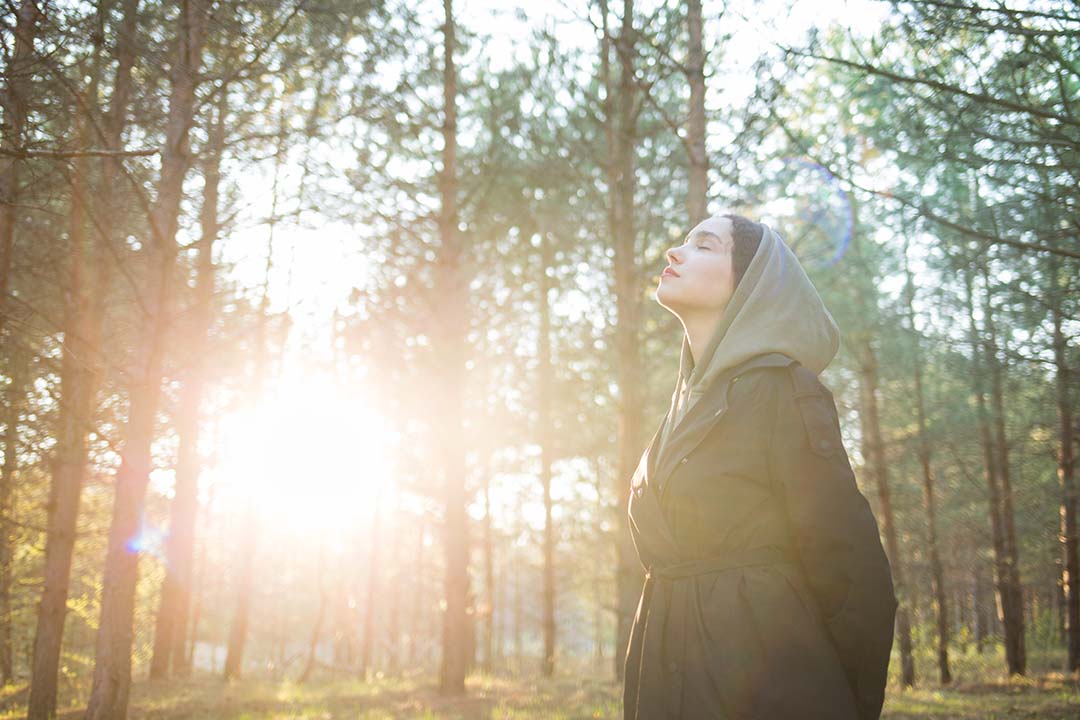Meditation for St Brigid’s Feast Day
by the leadership of your blessed servant Brigid
you strengthened the Church in this land:
As we give you thanks for her life of devoted service,
inspire us with new life and light,
and give us perseverance to serve you all our days;
through Jesus Christ our Lord.
Luke 6:32-38
February 1st is the Gaelic celebration of the First Day of Spring – ‘Imbolc’, one of four Gaelic seasonal festivals, the other three being Bealtaine, Lughnasadh and Samhain. It is also traditionally held as the Feast Day of St. Brigid, and since 2023 has been a Bank Holiday in Ireland. It’s about time – alongside the other (somewhat neglected) Irish Saint, Columcille – that her significant role in the history of the development of Christianity in Ireland is recognised. Patrick was first and foremost an evangelist – Columcille was known as the founder of many monasteries and peacekeeper – while the life of Brigid recalls her primarily as a healer with a life of holiness, compassion and service. In particular, in her generosity she ‘opened her heart and hands without fear or favour to the poor and sought the image of God’s Son in every welcomed guest.’
She is also held up as an example of the role of women in ministry and service of Christ. (Strangely, she is often referred to as one of Ireland’s three ‘Patron’ Saints!). But I feel it would be wrong to see her attributes as exclusively ‘womanly’, while Patrick and Columcille exhibit ‘male’ roles. We are all called to be the Body of Christ in His entirety – and we are to take the example of all ‘Saints’ who have gone before, both male and female, as models of our required behaviour.
Brigid is rightly respected, and it is good to remember her and celebrate her life on her Feast Day (she does not appear to have an issue with feasting – see below!) But unlike our Roman Catholic Sisters and Brothers, we don’t pray to her; instead we pray and live alongside her, as we do with all those who follow Christ and have accepted Him as Lord – sanctified (thus becoming ‘Saints’) in truth. This is certainly not to say that we demean or disrespect her in any sense – on the contrary, we regard her life and witness as an exemplar and seek to emulate her ministry. But she certainly wasn’t one of those ‘Frowning Saints’ from whom Theresa of Avila prayed for deliverance. In the legends her humanity comes across as strongly as does her faith, and in that is a lesson for us all. In living as the Body of Christ, holiness and humanity combine.
Brigid ‘legends’
She was the daughter of a pagan Chieftain and a Christian slave
Gave away her father’s money to the poor
As a child, she shared some butter – the only food she had – with a beggar. It doubled in size.
She was taught by St Patrick
When she took her final vows in front of St Patrick, he prayed the prayers for making a Priest rather than those for a Nun
Turned water into beer when unexpected guests arrived – “I should like a great lake of ale, for the King of Kings. I should like the family of Heaven to be drinking it throughout time eternal.”
Saved a wild boar from the hunt, blessed it and domesticated it
Kept a candle flame continuously burning to show the unending and undying Light of Christ
When she asked the King of Leinster for land to build her monastery, he mockingly suggested she could have as much land as her cloak could cover. Miraculously, her cloak expanded to cover a vast tract of land, enough to establish her monastery.
Made a cross from rushes for a dying man to explain about God’s love and Christ’s forgiveness before Baptising him
Traditional food for her feast day might include freshly churned butter and cake as big as a cartwheel baked on the feast day, made of flour, curds, milk and egg. Supper might include mutton, bacon, or a fowl, colcannon, boxty bread, dumplings, rice pudding, and ‘Sowans’ (a fermented oat husk drink/flummery), plus Beer, Mead or Rosemary tea.
How to make a St Brigid Cross
First, collect your rushes on the evening of Candlemas Eve 31 January, and soak them overnight. Then watch the video a couple of times before trying yourself.
The prayer of St. Brigid:
“I arise today / Through a mighty strength:
God’s power to guide me, / God’s might to uphold me,
God’s wisdom to teach me, / God’s eyes to watch over me,
God’s ear to hear me, / God’s word to give me speech,
God’s hand to guard me, / God’s way to lie before me,
God’s shield to shelter me, / God’s host to secure me.”

Previous Posts
Praying Together 30th March 2025
As Julian of Norwich wrote, ‘the example of a mother’s service is closest, most willing, and most sure because it is most true’, and thus we use that example as part of our Lenten journey.
Praying Together 23rd March 2025
God gives us the freedom to make that choice, and will always offer us another chance when we fail, as He did to the barren fig tree.
Praying Together 16 March 2025
Unlike the other tragic heroes, Jesus has no flaw or blemish other than those inflicted by others: the scars on His back, the thorn-blood on His forehead, the betrayal by His friend.
Praying Together March 9th 2025
God’s demand for perfection need not discourage you in the least in your present attempts to be good, or even in your present failures.
Praying Together 2nd March 2025
God of the nations, whose sovereign rule brings justice and peace, have mercy on our broken and divided world.
Praying Together 23 February 2025
Meditation for the Second Sunday before Lent CollectAlmighty God,you have created the heavens and the earthand made us in your own image:Teach us to discern your hand in all your worksand your likeness in all your children;through Jesus Christ our Lord,who with you...
Praying Together 16th February 2025
And if you accept Him as Lord, allow Him to lead you as you walk into the future without looking back, and do what He has equipped you to do as His body on earth
Praying Together 9th February 2025
We are all asked to have the faith to put out into deep water, but we must remember that we will never be on our own. Peter’s ministry was made possible by the power of the Holy Spirit, as will ours.
Praying Together 26th January 2025
Most importantly, in the face of what appears to be a society built upon prejudice and hatred, we are sustained and strengthened by the knowledge that in the end, love will triumph, leaving the wordly values of the tyrant to be forgotten.
Praying Together 19th January 2025
Jesus has demonstrated His authority and power. He takes something ordinary, and it becomes extraordinary. He turns water to wine. He heals the past and offers a new future. He changes his followers from sinner to saint.
Meditations 5th January 2025
With the same eyes as the Magi, we look into the manger, see the light of the world – be it for the first time, after a dark time, or in our daily devotions – and every time we see something new.
Meditations 29th December 2024
In face of evil, we will not keep silent. We choose love; love in thought, love in prayer, love in action, in the sure and certain hope that the power of the cross will prevail. Therefore choose love.














